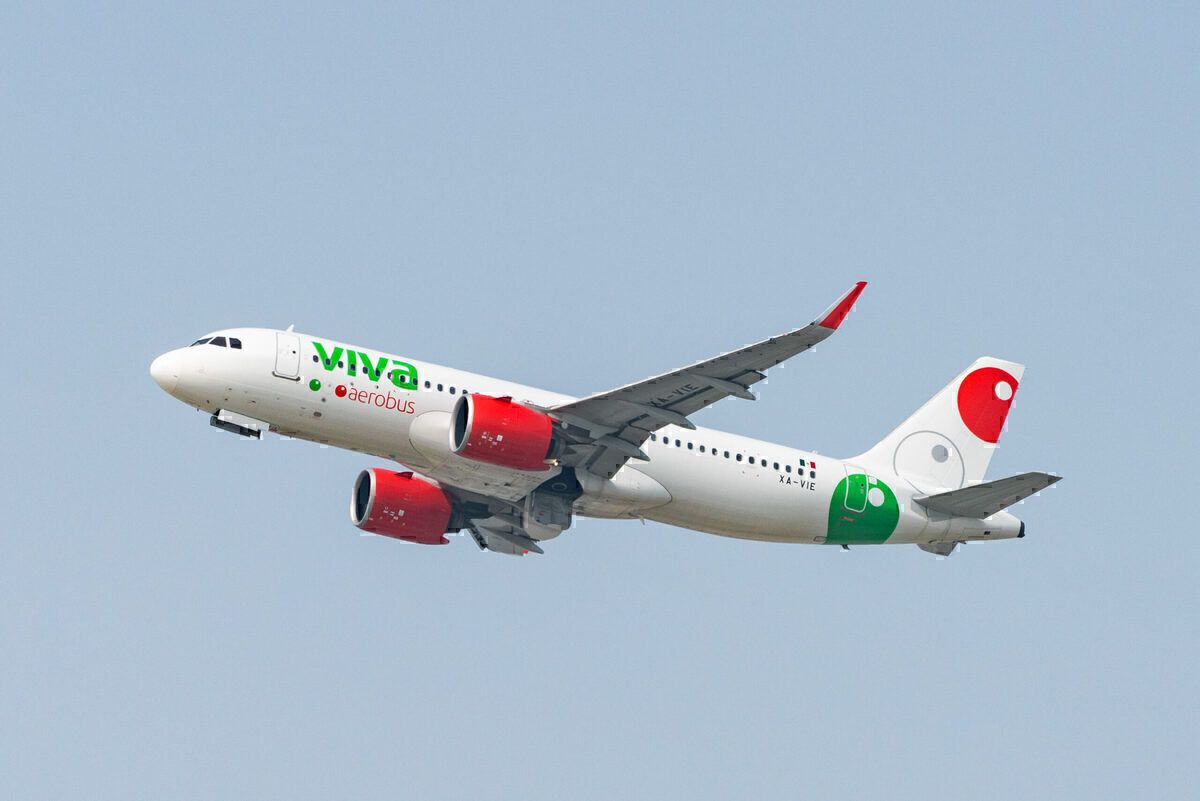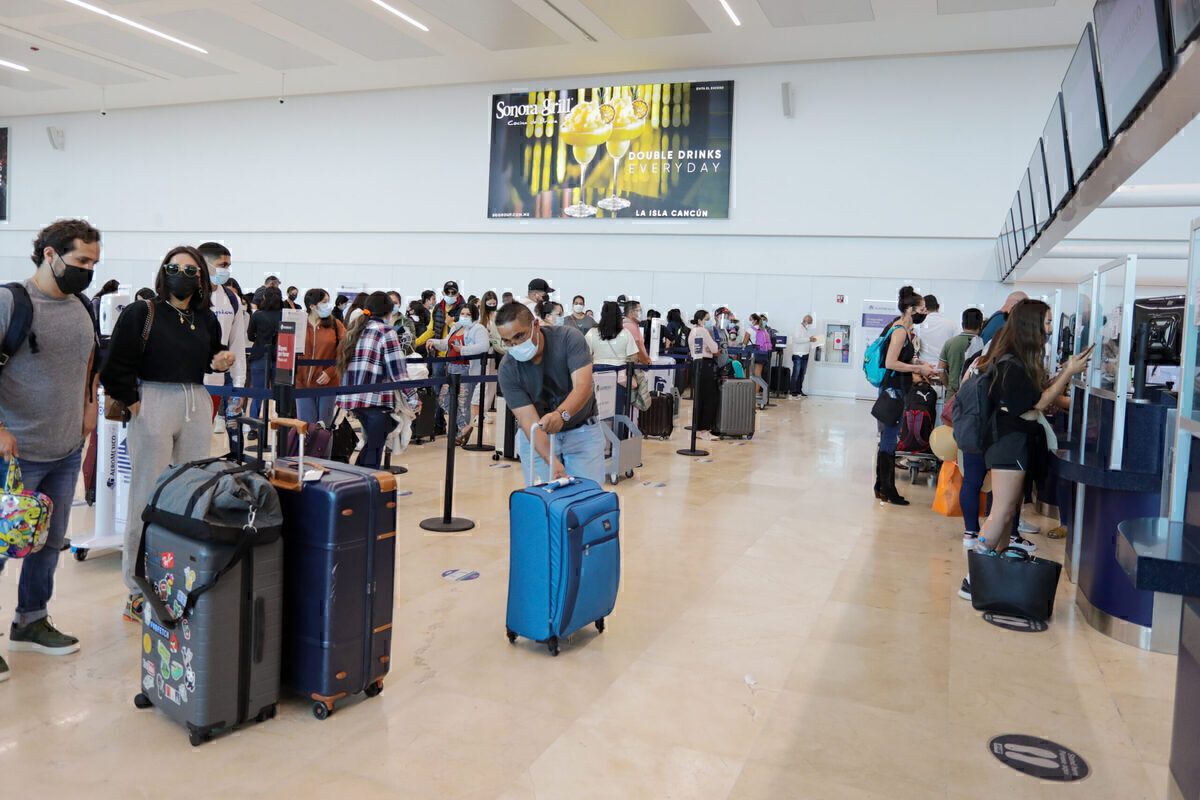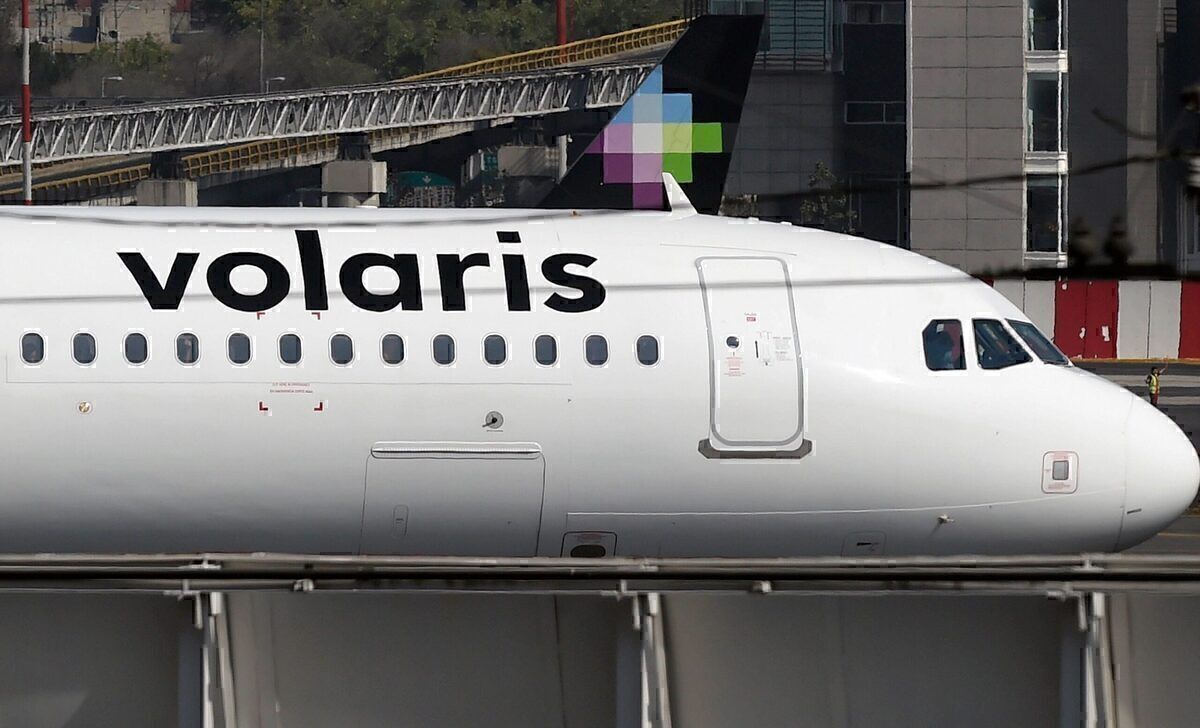Mexican airlines lost 51% of their passengers in 2020, dropping to the levels seen in 2012 due to the COVID-19 pandemic, according to recently published data by the Communications and Transportation Ministry (SCT) in Mexico. Despite ending on a strong note, there is still so much uncertainty regarding the country’s aviation industry recovery.
Who transported the most?
There are eight Mexican airlines. Four of them are easily recognized since they are international players. These are Volaris, Grupo Aeroméxico, Interjet, and Viva Aerobus. The other four carriers are regional. These are Aeromar, Calafia Airlines, Magnicharters, and TAR.
Between the eight airlines, they transported 28.23 million domestic passengers and 5.89 million international passengers in 2020. They lost 51% of their passenger traffic; in 2019, they transported nearly 70 million passengers. Moreover, the numbers are similar to the ones they had back in 2012.
Volaris led the Mexican market, transporting 13.01 million passengers. It is the second consecutive year that Volaris is the largest operator in Mexico. In 2019, it surpassed Aeromexico for the first time in its history, transporting over 21 million passengers.
Grupo Aeroméxico carried 9.39 million passengers, followed by Viva Aerobus with 7.28 million. The troubled Interjet transported 3.55 million passengers, although we must keep in mind that the airline hasn’t flown since December 11. It hasn’t officially ceased operations, but it seems unlikely that it will ever fly again.
Stay informed: Sign up for our daily aviation news digest.
How’s the recovery going?
We’ve spoken a great deal about the Mexican aviation industry’s recovery from the COVID-19 pandemic. Although it has been relatively positive, there is still a long way to go.
The Mexican recovery has fallen upon the shoulders of two airlines, Volaris and Viva Aerobus. These two carriers have seized the gap left by Interjet. Meanwhile, Aeromexico is advancing in its Chapter 11 bankruptcy.
By December, Viva Aerobus had recovered completely in the domestic market. That month, Viva transported 917,233 passengers; in January 2020, before the COVID-19 pandemic struck Mexico, Viva transported 919,635 domestic passengers. Internationally, it finished even stronger, transporting 33% more passengers than in January last year.
Viva Aerobus saw a V-Shaped recovery from the pandemic. Still, we expect to see a decrease in the number of passengers transported during 2021’s first quarter due to the low season.
Meanwhile, Volaris finished the year transporting 1.25 million domestic passengers, 12% below the numbers it had in January. Internationally, though, Volaris finished at the same level it had in January, transporting over 358 thousand passengers.
Between the eight Mexican airlines, they transported 3.14 million domestic passengers in December, roughly the same numbers they had in March when the pandemic truly arrived in Mexico.
What can we expect going forward?
The Mexican aviation industry has been resilient thanks to two main characteristics. The first is that the Mexican authorities never closed the local airspace. They also never restricted the entrance of international travelers.
Mexican airlines flew through the pandemic without government restrictions, only adapting themselves to the uncertain demand.
Additionally, the Mexico-US airspace remained fully open, despite both countries being in the Top 10 of COVID-19 infections and deaths. Volaris, Viva, Aeromexico, United, Delta, American, Southwest, Frontier, and others increased their capacities on routes between both countries.
Nevertheless, the Mexican airlines expect a downfall. Now, every international traveler arriving on US soil must have a negative COVID-19 test. Plus, there’s the chance that the US Government could implement mandatory quarantines on travelers. This will cripple the international demand and will take a toll on Mexican airlines.
Traditionally, every year’s first quarter is the low season for Mexican airlines, meaning they will reduce their capacities and see lower passenger numbers. Still, the Mexican airlines can be sure that they will recover faster than many others worldwide. The Government won’t impose travel restrictions any time soon. As Volaris recently said, it could be profitable again by the second half of the year.
Are you impressed by Viva Aerobus’ performance? Let us know in the comments.



